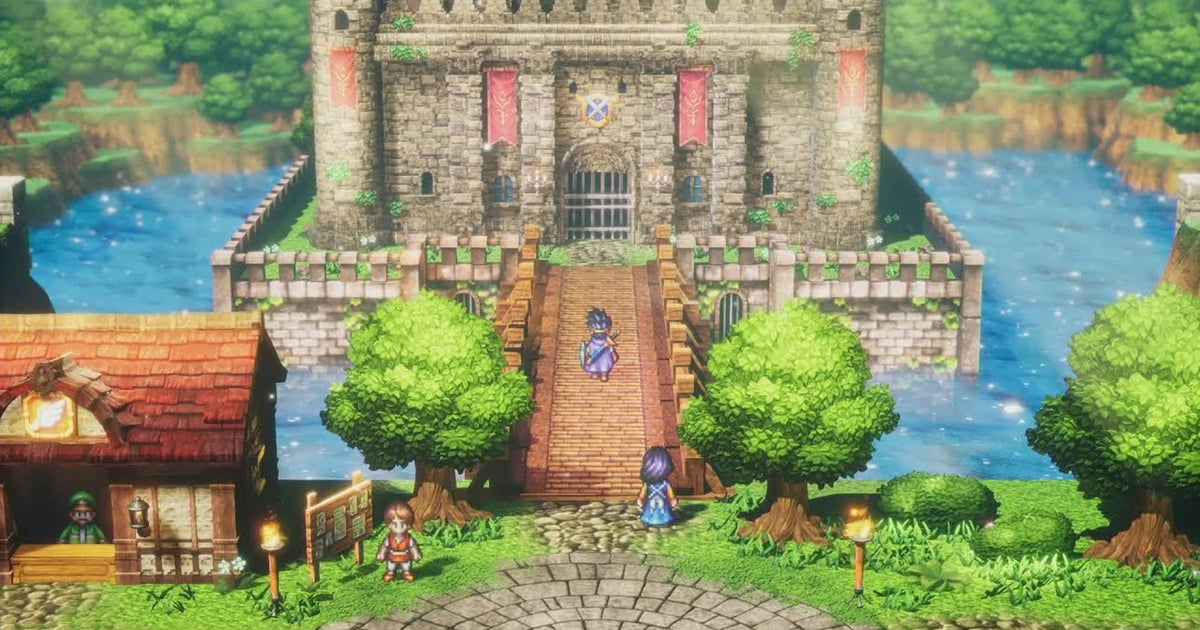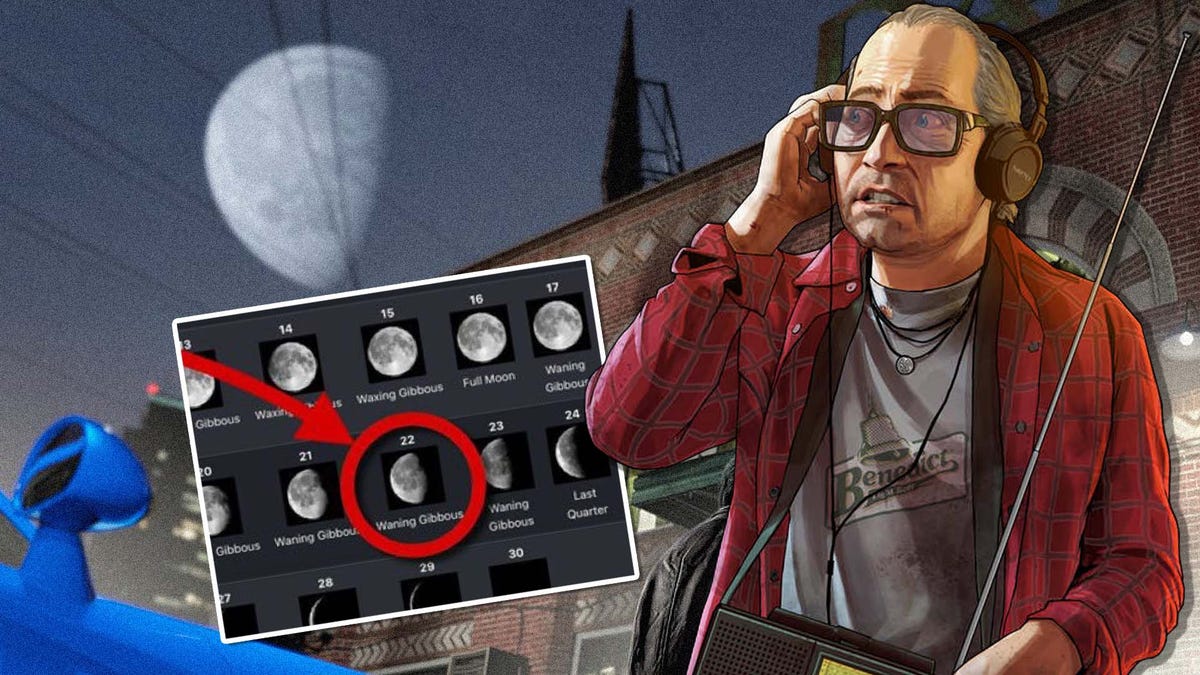Ori and the Blind Forest, Ori and the Will of the Wisps, Hollow Knight, The Messenger, Rogue Legacy 2 and even this year’s Prince of Persia: The Lost Crown. We’ve been lucky enough to release many incredible 2D action and platform games over the last few years, so it’s difficult for new games to find their way into the top tier these days. Presentation, controls, level design, combat, etc. Everything has to be great to satisfy privileged players. That’s why I think that the fun and entertaining Tales of Kenzera: Zau will be overshadowed by other incredible games in 2024.
I feel terrible for starting this way, as Abubakar Salim didn’t fail to point out that Tales of Kenzera: Zau is inspired by the pain of losing his father, but the game’s story is nothing special. Anyone who has suffered the death of someone close to them or has simply thought about it knows where this story will go five minutes into it. That doesn’t mean it’s boring. Most of you will identify with the journey of the young shaman Zau, who defeats and captures three spirits of death in order to resurrect his father. Every dialogue and every boss reminded me of my experiences with death, and that will obviously affect some more than others. My only problem with this view is that, although it is fun to learn about Swahili culture, Tales of Kenzera: Zau ends up being very predictable and forgettable.
Advertising:
The same applies to the gameplay too. It’s important to note that I prefer very reactive characters in platform games. Some of the best are Dead Cells and Hollow Knight because the characters react instantly to most of my actions, no matter the situation. Tales of Kenzera: Zau is extremely slow and unresponsive in comparison. When playing on PlayStation 5, it takes too long for my commands to register, and it doesn’t help that Zau barely responds when jumping. Something good for those who have less experience than me in these types of games, as it makes wall jumping and other more complex platforming sequences easier. However, for more experienced players it becomes simple and mundane. Areas with obstacles that feel like filler to reach the 10-hour mark for Platinum Hunters on PlayStation are just expired icing on the cake.
Still, it’s not so bad once you get used to it and play with the game’s premise. After playing more challenging titles, it’s refreshing to be able to run, dash, and jump through levels without breaking a sweat. Seeing the pretty colors and a handful of eye-catching environments fly while a good soundtrack plays in the background is a relaxing experience suitable for a lazy afternoon. At least until you meet enemies.
Because one area where Tales of Kenzera: Zau really shines compared to some of its counterparts is combat. It’s not like there’s a huge variety of enemies, but the system itself is pretty fun and engaging. Seamlessly switch between Sun (melee) and Moon (long range) skins, combined with great running and dodging abilities, an ice ball that freezes enemies, and super special attacks that can destroy anything on the screen. When timed well and used well, it’s captivating. We’re not talking about God of War, Dead Cells, or other world-class combat systems here, but it’s easily the best thing about this game.
Advertising:
Of course, I praised the platforming system, but the shortcomings are not limited to the slow and unresponsive controls, which could be the reason for a somewhat linear and simple level design. One element that every Metroidvania game must take into account is the map, and Tales of Kenzera: Zau fails miserably in this regard. It’s all well and good having tiny versions of your surroundings on the map, but not being able to see or mark areas you don’t yet have access to is a huge misstep. I probably would have spent a few more hours searching for the latest collectibles if each biome wasn’t quite small, indicating how many I was missing from it. However, that didn’t stop it from being frustrating to return to an area with a new skill only to find that the unexplored area required another skill that I would later acquire.
In summary: Tales of Kenzera: Zau is a fun game best suited to those who are new to the genre and/or want to reflect on the different stages of grief. Those looking for something more have far better options, as unresponsive controls, fairly basic level design and a terrible map are flaws that simply can’t be had when the competition offers something much better. Finally, I’d like to say something that I know many will use to sum up the experiences in the podcasts: It’s a good game for PlayStation Plus Extra.














